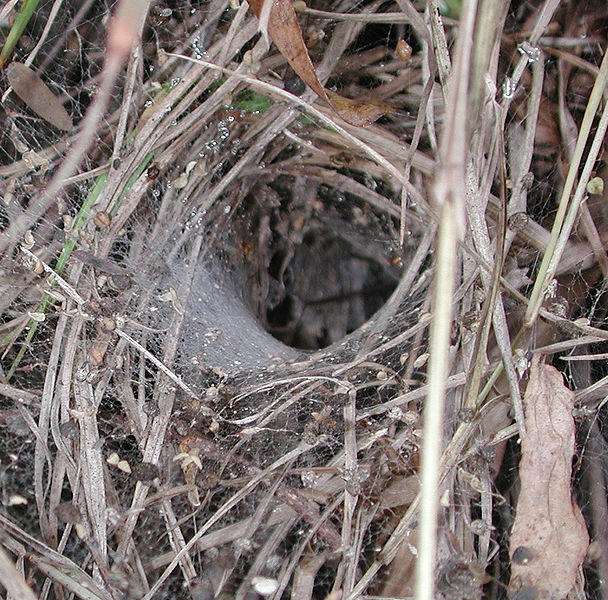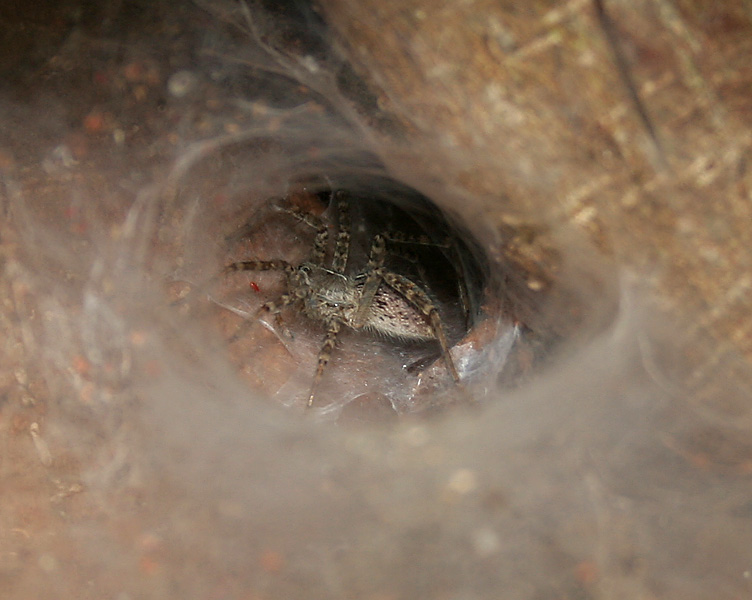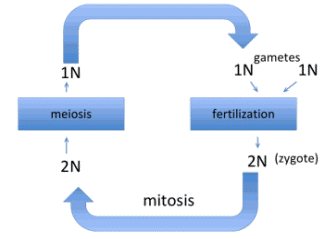Life of the Hobo
It is not known for sure what the exact life cycle of Tegenaria agrestis is. Many arachnologists think that the hobo spiders that are found on the west coast complete their life cycle in only one year. Unlike the west coast spiders, the inland hobo spiders appear to go through a two or three year life cycle. There have been spiders found in three distinct stages, and this would lead people to believe that the inland spiders go through three year life cycles and not two. These stages are small juveniles, medium sized immatures, and adults.


During the months of September and October the female, adult hobo
spider will lay eggs that are placed into one to four egg cases.
A single egg case can hold 100 or more eggs. The egg cases that house the egg s are made up of a combination of layers of silk
with debris and soil. The cases can be found in a variety of
locations outside, including piles of rocks and wood. The
juvenile spiders hatch in June and remain beneath the surface where
they feed and grow. Hobo spiders grow via molting. If it
is the two year scenario, the spiders will grow into adults in either
July or August. Once adults, the spiders do different things
depending on the sex. The males start sea
s are made up of a combination of layers of silk
with debris and soil. The cases can be found in a variety of
locations outside, including piles of rocks and wood. The
juvenile spiders hatch in June and remain beneath the surface where
they feed and grow. Hobo spiders grow via molting. If it
is the two year scenario, the spiders will grow into adults in either
July or August. Once adults, the spiders do different things
depending on the sex. The males start sea rching around for
mates in the night time, and the females construct webs and don’t
move from them. During this time is when the majority of hobo
spider bites on humans occur, because the males sometimes wander
into houses looking for females. The most popular time for
mating and hobo spider activity is within the first couple of weeks
of September. When the males are done mating they die shortly
afterwards, and almost all of the males are gone by October.
The females construct the egg cases and then usually die in the web
by the middle of November. Occasionally some of the females
will enter a house after mating, but it is rare.
rching around for
mates in the night time, and the females construct webs and don’t
move from them. During this time is when the majority of hobo
spider bites on humans occur, because the males sometimes wander
into houses looking for females. The most popular time for
mating and hobo spider activity is within the first couple of weeks
of September. When the males are done mating they die shortly
afterwards, and almost all of the males are gone by October.
The females construct the egg cases and then usually die in the web
by the middle of November. Occasionally some of the females
will enter a house after mating, but it is rare.


The hobo spider needs another mate in order to reproduce. Like
humans, Tegenaria agrestis partakes in gametic meiosis. This
is when the organism goes through meiosis to produce haploid
gametes. These gametes, which are sperm and egg, then fuse
with other gametes under fertilization. This produces a
diploid zygote. The diploid zygote then grows via mitosis, and
then eventually does meiosis to start the whole cycle over again.
